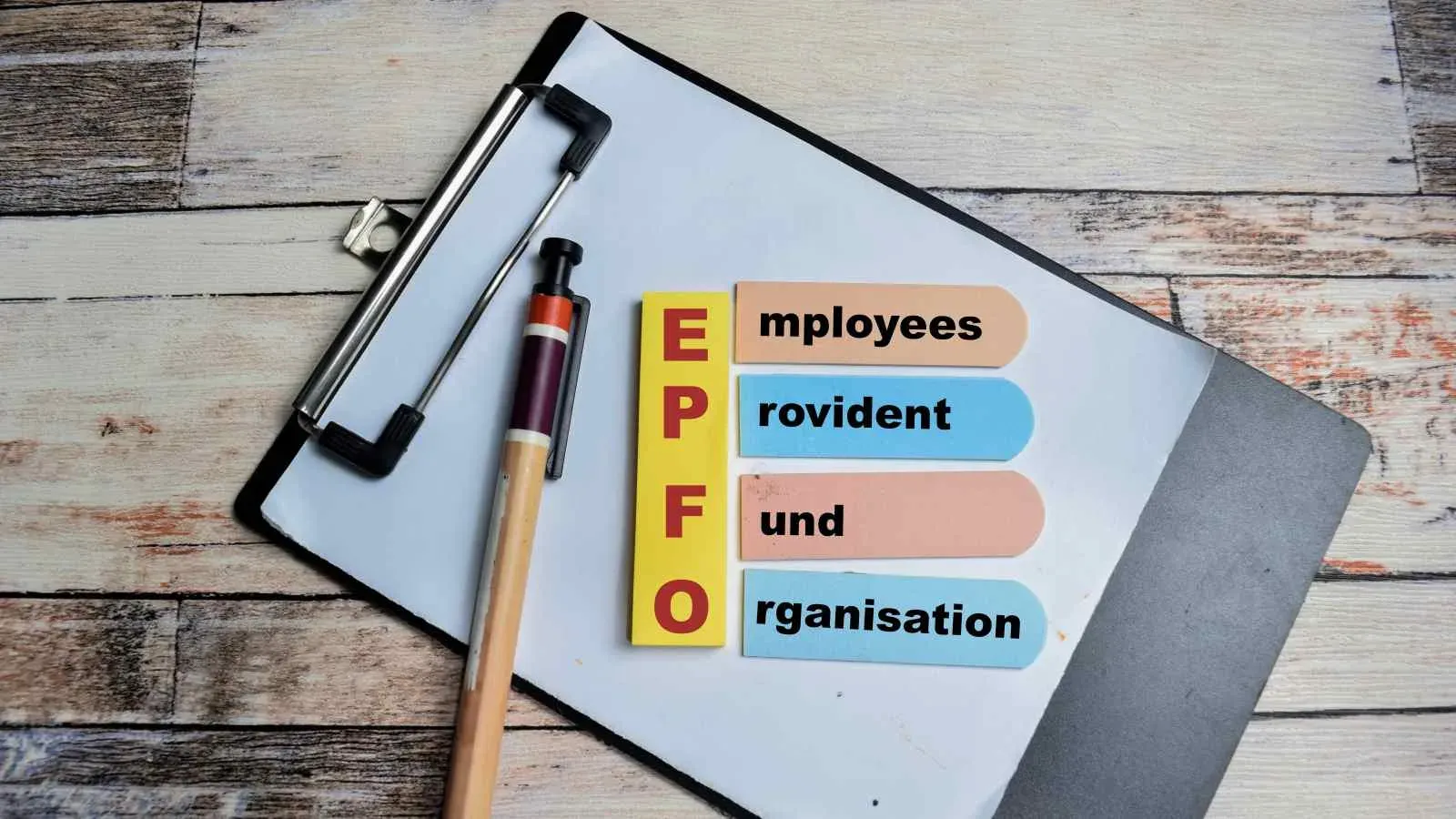Personal Finance News
EPS 95: Is there any plan to increase pension from ₹1000 to ₹7500?
.png)
3 min read | Updated on August 12, 2025, 14:39 IST
SUMMARY
Unless there is an increase in employee/employer contributions or a significant rise in budgetary allocations, the government is not likely to increase the minimum pension amount.

EPF accumulates and earns interest (providing a lump sum payment upon retirement), while the EPS provides a defined pension amount for life after retirement.
The government provides a minimum pension of ₹1,000 to pensioners under the Employees' Provident Fund (EPF) over and above the 1.16% contribution made by the centre through budgetary support, the Finance Ministry informed the Parliament on Monday, August 11.
Under the Employees' Pension Scheme, 1995, employers contribute 8.33% of an employee’s wages (basic + DA) and the centre provides 1.16% of wages (up to ₹15,000 per month).
Due to the actuarial deficit in the EPS, 1995 fund, the government is not planning to increase the minimum monthly pension to ₹7,500 from ₹1,000.
In a written reply in Lok Sabha, Minister of State (Labour and Employment), Shobha Karandlaje, said, “The EPS, 1995 is a ‘Defined Contribution-Defined Benefit’ Social Security Scheme. The corpus of the Employees’ Pension Fund is made up of (i) contribution by the employer @ 8.33 per cent of wages; and (ii) contribution from Central Government through budgetary support @ 1.16 per cent of wages up to an amount of ₹15,000/- per month. All benefits under the scheme are paid out of such accumulations. The fund is valued annually as mandated under paragraph 32 of EPS, 1995 and as per the valuation of the fund as on 31.03.2019, there is an actuarial deficit.”
The minister added, “However, the Government is providing a minimum pension of ₹1000 per month to the pensioners under the EPS, 1995 by providing budgetary support, which is in addition to the budgetary support of 1.16 per cent of wages provided annually towards EPS to Employees’ Provident Fund Organisation (EPFO).”
Thus, unless there is an increase in contributions or a significant rise in budgetary allocations, the government is not likely to increase the minimum pension amount.
EPF and EPS
Employees’ Provident Fund is a retirement savings scheme meant to provide retirement savings to the employees, and is paid as a lump sum with interest. EPS, on the other hand, is a pension scheme that provides a monthly pension to employees after retirement.
A part of EPF (8.33% of the employer’s share) goes to the EPS, and the remaining (12% of the employee’s wages by the employee and 3.67% of the wages by the employer) goes to the fund as retirement savings.
| Contribution % | Goes to | Purpose | Paid as |
|---|---|---|---|
| 8.33% (Employer) | EPS | Pension after retirement | Monthly pension |
| 3.67% (Employer) | EPF | Retirement savings | Lump sum with interest |
| 12% (Employee) | EPF | Retirement savings | Lump sum with interest |
This means that while the EPF accumulates and earns interest (providing a lump sum payment upon retirement), the EPS provides a defined pension amount for life after retirement. EPS is subject to eligibility criteria, and the payouts depend on pensionable service and pensionable salary.
Related News
By signing up you agree to Upstox’s Terms & Conditions
About The Author
Next Story



